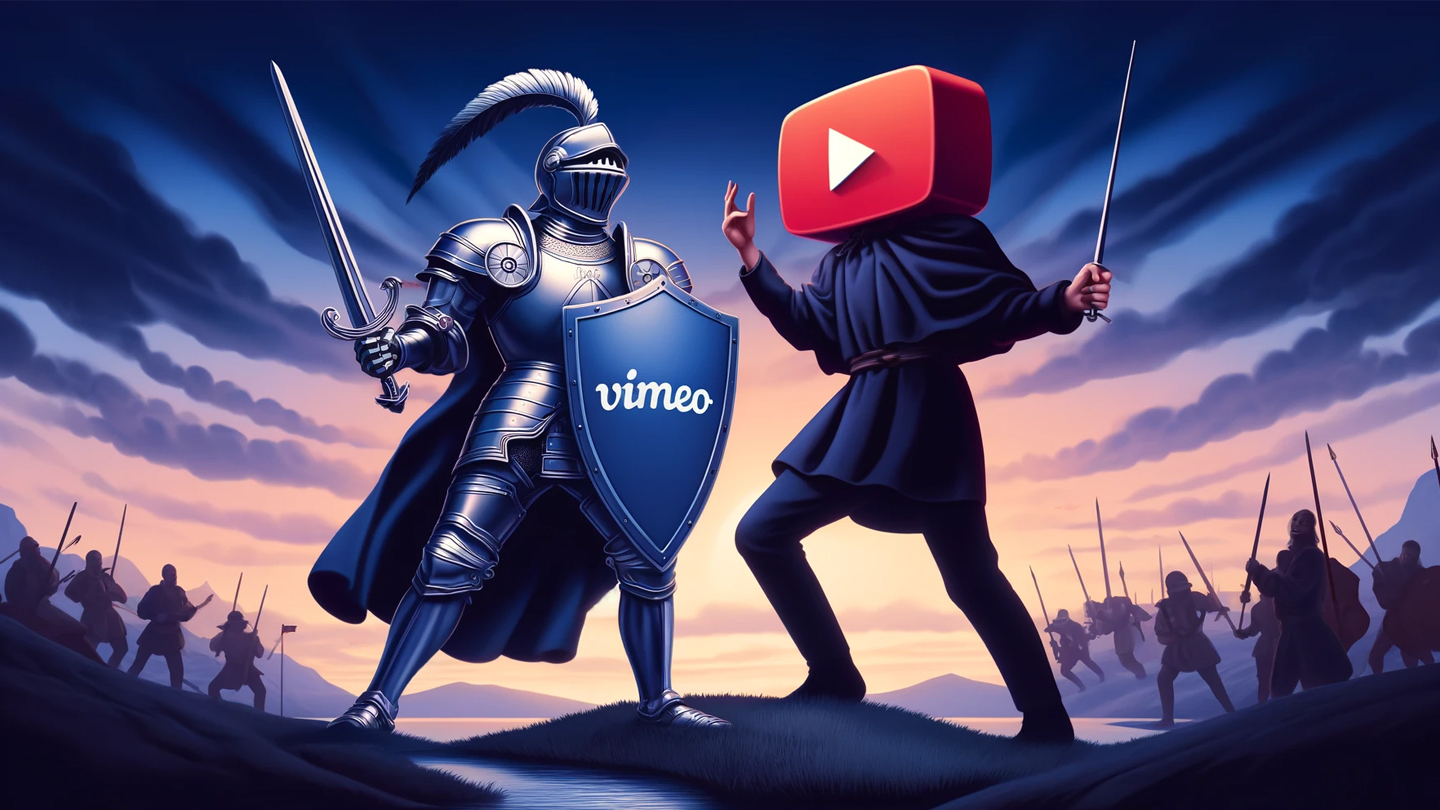

Dive into the exhilarating, challenging, and rewarding world of tribute bands. From the adrenaline-pumping highs of live performances to the unique bonds formed between musicians, this comprehensive article explores not just the glamour but also the gritty realities. Whether you’re an aspiring musician, a die-hard fan, or just curious, get ready for an inside look at what it takes to pay homage to iconic bands while carving out a distinct identity.
The Upside of Music: Get to Play Gigs, Make Musician Friends
Playing Music for an Audience
There’s a magical rush that comes with walking onto a stage, feeling the warmth of the spotlight, the crowd’s expectant energy, and striking the first chord of a song. The anticipation quickly gives way to the exhilarating thrill of performing live. As a tribute band, the euphoria is even more distinct – you’re not just playing your music; you’re bringing to life the signature sound of an iconic band. Hearing your name announced, stepping onto the stage, and seeing the audience’s faces light up confirms that you’ve made the right decision.
Making Friends on the Road
Being in a tribute band isn’t just about the music – it’s about the connections you make. You find yourself sharing a unique bond with your bandmates, spending countless nights rehearsing, brainstorming, and having fun together. You’re not just replicating the harmonies of the original band; you’re making new ones too. Many of your bandmates will end up fitting into that “three or four” category of close friends. Travelling together, you’ll share memorable moments on the road, tales to recount for a lifetime. And in doing so, you will create a friendship that runs deeper than the music.
Variety in Venues
As a tribute band, you have the opportunity to perform in an array of venues, ranging from quaint local bars to grand music festivals. Each night brings a new audience, a new stage, and a fresh set of challenges. There’s a particular excitement in the variety, a thrill in not knowing what to expect. One night, you could be jamming at a small intimate gathering, and the next, you could be under the flashing lights of a big-city concert.
The Joy of a Genre
Being part of a tribute band enables you to dive deeply into a specific genre of music. It’s not just about playing ‘different styles of music’ like rock or country; it’s about understanding the nuances of the genre, and the band you choose to emulate. This deep immersion brings an understanding of the music’s rhythm, the intricate details, the distinct elements – the very heart of it. Over time, this intense association with a genre will craft you into a seasoned, versatile musician.
Building an Audience: Fans Beyond Borders
As a tribute band, you connect with an already established fan base. These fans, already familiar with the original band’s sound, eagerly anticipate hearing their favorite hit tracks live. Consequently, you get the chance to perform for a huge, eager crowd right from your first gig. In addition, you carry the music torch forward to newer fans who might have not been able to catch the original band live. This cross-generational audience offers you gratification that few other jobs provide.
The Reward of Recognition: Successfully Standing Out
Finally, there is the sheer joy of recognition. As a tribute band, you get a share of the adulation that otherwise would have been exclusive to the original act. Although you may not be creating the music you play, you are constantly reliving it, resurrecting it for an audience that craves its sound. And when the concert lights go out, replaced by the night stars, you know you’ve brought joy to many, offering them the chance to walk down memory lane with the music they hold dear. In those moments, the challenges fade away, replaced by the sense of accomplishment and fulfillment. That is the true reward of being a tribute band.

Between Rewards and Challenges: Costs and Revenue
While the emotional and social rewards of being in a tribute band are deeply gratifying, the financial implications cannot be ignored. Often overlooked in discussions about tribute bands, the financial dynamics offer an intriguing blend of challenges and opportunities. One would assume that stepping into the shoes of iconic bands would guarantee a hefty paycheck, but reality is often more nuanced.
Initially, most tribute bands start out playing in smaller, local venues—often for little or no pay. The logic is simple; you need to prove your worth and gain a following before you can start charging premium prices for tickets. And yes, there’s the investment side of things too—costumes, equipment, rehearsal space, and sometimes even licensing fees to legally perform copyrighted material.
However, as your band’s reputation grows, so do your earning potentials. The venues get bigger, ticket prices rise, and merchandise sales increase. You might even attract corporate gigs or private events, which tend to be more lucrative than traditional venues. For some well-established tribute bands, this can translate into a full-time career, with six-figure annual incomes not being out of the question.
Yet, even as you scale the financial ladder, expenses grow proportionally. High-quality sound and lighting systems, transportation, and marketing costs can take a considerable bite out of your earnings. It’s not uncommon for bands to reinvest a significant portion of their income back into the act, constantly striving to enhance the show’s quality and, by extension, ticket sales.
Then there’s the subject of splitting the earnings. In most bands, revenues are divided among the members, often after setting aside a percentage for future investments and emergency funds. It’s a delicate balance, navigating between personal gains and the collective financial health of the band.
In a nutshell, the financial landscape for tribute bands is a complex tapestry that goes beyond the romanticized notions of rock stardom. While the potential for substantial income exists, it is coupled with the reality of ever-present expenses and the continuous hustle for bigger, better-paying gigs. A successful tribute band not only captivates audiences with their musical talents but also navigates the tricky terrain of financial planning and management. After all, keeping the band financially stable ensures that you can continue to bring joy to audiences and relive the magic of the icons you celebrate.
Navigating Challenges: The Less Glamorous Side of Things
Being in a tribute band isn’t all glitz and glamor; it’s a labor of love peppered with its own set of obstacles. To the audience, the end product is a seamless performance, but behind the scenes, the road is fraught with trials.
Capturing Iconic Sounds
One such challenge is capturing the iconic sounds of legends. The scrutiny here is intense, as fans of the original band have honed ears, trained through years of listening. A single incorrect chord or an imperfect vocal run can rupture the illusion, making the task a meticulous art of precision. Each member of the band must learn the material to the best of their ability and replicate the skill of the original artists in order to meet an audience’s expectations.
Managing Diverse Venues
Managing diverse venues adds another layer of intricacy. While a grand music festival may come with state-of-the-art acoustics, a local bar gig might require you to be your own sound engineer. Each venue demands a distinct approach to soundchecks, setups, and even performance styles. One day, you’re navigating the technical maze of a festival stage; the next, you’re figuring out how to maximize acoustics in a cramped pub. While sometimes these things can be figured out quickly and easily if you’re lucky enough, other times it can be significantly more difficult coordinating everything into a perfect show.

Adapting to the Digital Age
The digital landscape poses its own set of hurdles. Whether it’s staying updated with the latest social media algorithms or figuring out how to effectively monetize online content, the digital domain requires a skillset that goes beyond musical prowess. Tribute bands now have to be part-time digital strategists, continually adapting to stay relevant in an ever-changing online world.
Tribute bands in the modern times, like every other niche of the music world, must be open to innovation and adaptation. The advent of digital technologies throws open an entire arena of possibilities for tribute bands whose audiences usually span across decades. As the world of music regularly evolves, so must the bands. While their primary role revolves around in-person performances, they consistently need to adapt to social media trends and streaming platforms.
Whether you’re playing in small bars or flaunting your skills on an online platform, the digital age is no longer a choice; it’s a necessity. It doesn’t matter what type of music you’re reproducing; as a tribute band, you need to be familiar with the online avenues for marketing, fan engagement, and performance. The truth is, tribute bands that haven’t dabbled in the online world are likely to realize they’ve been missing out on significant opportunities.
In today’s interconnected landscape, tribute bands must wield social media and streaming platforms as skillfully as their musical instruments. It’s a world far removed from solely relying on word-of-mouth or local gigs to gain recognition. Platforms like Instagram, TikTok, and YouTube offer tribute bands a way to showcase their talent, tease upcoming shows, and most importantly, engage with a community that stretches far beyond any geographical confines. Fans of the original bands are scattered across the globe, and these digital platforms serve as a gathering point for that dispersed audience.
The benefit of these platforms is multifaceted. Not only can tribute bands use them for straightforward marketing, but they also provide an opportunity to create a narrative around the band. Sharing behind-the-scenes content, running live Q&A sessions, or even offering virtual meet-and-greets can deepen the connection with fans and add layers to the band’s persona that might be difficult to convey in a traditional live setting.
Streaming platforms like Spotify or Apple Music also offer a realm of possibilities. Tribute bands can curate playlists that feature their own renditions along with the original tracks, thereby putting themselves in direct conversation with the iconic bands they celebrate.
Thus, tribute bands must not only be masters of musical mimicry but also digital strategists who can navigate the online ecosystem. Those who fail to leverage the vast landscape of digital opportunities are likely to find themselves eclipsed by those who do. The modern era isn’t just about replicating the magic of iconic bands; it’s about translating that magic into a language that a new, digitally-savvy audience can understand and appreciate.
Striking the Balance Between Fan Expectations and Creative Fulfillment
Amidst these challenges, tribute bands find themselves oscillating between fan expectations and personal creative fulfillment. Striking the right balance is a continuous struggle. After all, deviating too far from the original act can alienate fans, while rigid imitation can stifle artistic freedom.
Future Frequencies: The Evolution of Tribute Bands
The Future of Tribute Bands
The future of tribute bands appears to be both exciting and promising. Despite occasional skepticism from a decade ago, these bands have not only survived but also flourished in popularity. The primary challenge lies in consistently capturing the essence of iconic bands, a struggle often mirrored by the high level of dedication commonly displayed by tribute bands.
While the future seems bright, it’s important for tribute bands to stay attuned to the evolving landscape of the music industry. They may be buoyed by the legacy of an original band, but they operate in a context that varies in audience preferences, monetization models, and the significance of branding. Acknowledging these factors as integral to their journey can help ensure a favorable future.
At the core of it all remains a constant element: the enduring love for music. This has been unchanging for tribute bands, from the Beatles to the Grateful Dead, from ABBA to ZZ Top. As long as there is quality music and an audience eager for it, tribute bands will find their place. After all, the demand for live renditions of timeless classics shows no sign of waning, suggesting an exciting journey ahead for tribute bands.
Concluding Notes
The tribute band business is far from a cakewalk. It tests artists on various fronts, pushing them to oscillate between mimicking and personalizing, between meeting fan expectations and finding creative satisfaction. Alongside, they grapple with the complexities of capturing iconic sounds, managing diverse venues, and keeping pace with digital trends. It necessitates a meticulous examination of the original act combined with audience interests, a shrewd understanding of legal rights, and the chore of managing gigs. Despite the challenges, the reward is monumental. The undeniable thrill of performing beloved classics, the camaraderie built amongst musicians, the unmatched variety in venues, and the shared love for music make the trial worthwhile. Balancing these challenges and rewards, tribute bands continue to resonate with audiences old and new, promising an exciting and enduring future.
If you’ve enjoyed this deep dive into the unique world of tribute bands, please share this article with your network. We’d also love to hear your personal stories or observations about tribute bands, whether you’re a fan or a musician. Feel free to leave a comment below to enrich the conversation. Let’s keep the music and discussions flowing!

 San Diego’s Doves of Peace Take Flight with DC Studios and James Gunn’s Peacemaker
San Diego’s Doves of Peace Take Flight with DC Studios and James Gunn’s Peacemaker  Stop the Merch Cuts: Why Touring Bands Should Refuse to Pay Venue Merchandise Fees
Stop the Merch Cuts: Why Touring Bands Should Refuse to Pay Venue Merchandise Fees  The Lucrative Business of Becoming Taylor Swift
The Lucrative Business of Becoming Taylor Swift  4 Reasons Why Your Tribute Band or Cover Band Should Be Using Vimeo, Not Youtube
4 Reasons Why Your Tribute Band or Cover Band Should Be Using Vimeo, Not Youtube